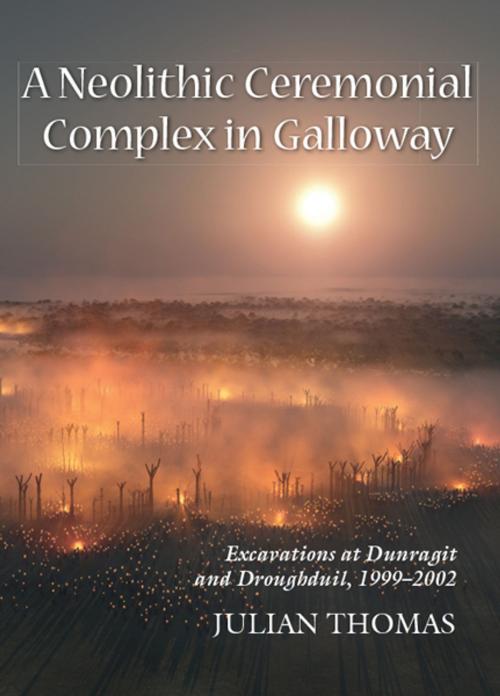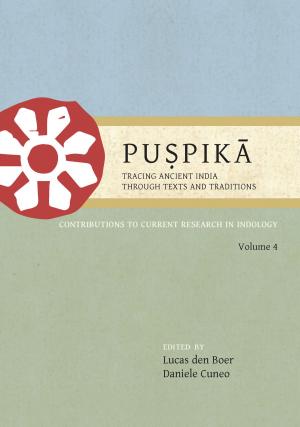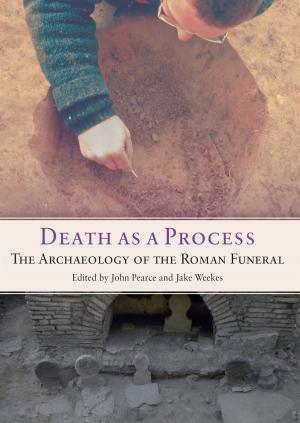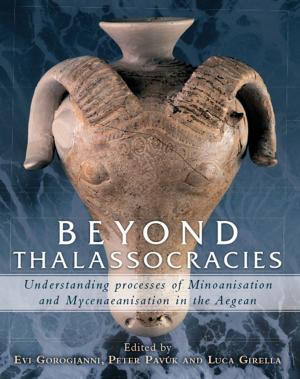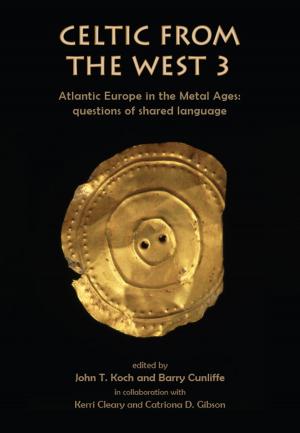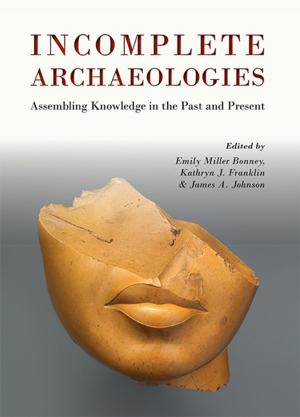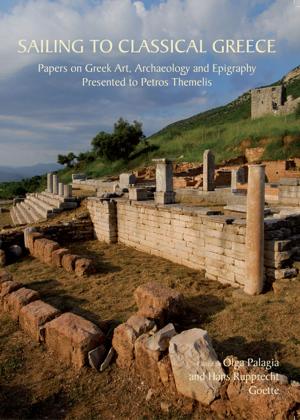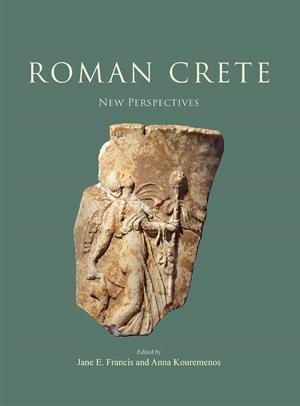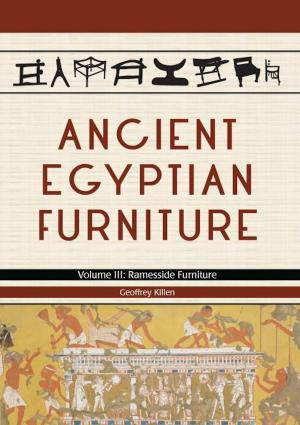A Neolithic Ceremonial Complex in Galloway
Excavations at Dunragit and Droughduil, 1999–2002
Nonfiction, Social & Cultural Studies, Social Science, Archaeology, History| Author: | Julian Thomas | ISBN: | 9781782979715 |
| Publisher: | Oxbow Books | Publication: | July 31, 2015 |
| Imprint: | Oxbow Books | Language: | English |
| Author: | Julian Thomas |
| ISBN: | 9781782979715 |
| Publisher: | Oxbow Books |
| Publication: | July 31, 2015 |
| Imprint: | Oxbow Books |
| Language: | English |
A complex enclosure identified by aerial photography at Dunragit Galloway, was demonstrated by excavation to have been of Late Neolithic date, and comprised three concentric timber ramped post-rings, 120–300 m in diameter. The two outer post-rings each comprised large uprights interspersed with smaller members, probably forming a continuous palisade. Each was a single-phase structure and the posts had rotted out. The inner ring had largely been made up of large, freestanding posts, most of which had rotted away, but some of which had been deliberately removed, the post-holes being considerably larger than those of the two outer rings. Where posts had been pulled out, a number of elaborate deposits had been placed in the crater left by the post-removal. The entrances to the post-rings are not aligned and the preferred interpretation is that the monument as a whole had two phases of construction, in each of which a timber circle was surrounded by a palisade, and in which the middle post-ring succeeded the outer, or vice-versa.
The enclosure had been preceded by a post-defined cursus monument in which all the post had been burned in situ and numerous other post-holes were located on the same axis as the cursus, extending beyond the monument itself.
The most elaborate entrance, connected with the middle post-ring, is composed of two parallel lines of features, presumably post-holes, opening toward the south, and aligned on a large earthen mound at Droughduil, 400 m away. Droughduil Mote, though recorded as a medieval motte, recalls the association of various very large mounds with with henges or palisaded enclosures, as at Silbury Hill, Wiltshire. Excavation demonstrated that it had been constructed with stepped sides, and that a stone cairn had been constructed on its summit. A series of optically stimulated luminescence dates on the accumulated sand over the surface of the mound demonstrated that it was certainly not medieval, and was probably Neolithic in date.
A complex enclosure identified by aerial photography at Dunragit Galloway, was demonstrated by excavation to have been of Late Neolithic date, and comprised three concentric timber ramped post-rings, 120–300 m in diameter. The two outer post-rings each comprised large uprights interspersed with smaller members, probably forming a continuous palisade. Each was a single-phase structure and the posts had rotted out. The inner ring had largely been made up of large, freestanding posts, most of which had rotted away, but some of which had been deliberately removed, the post-holes being considerably larger than those of the two outer rings. Where posts had been pulled out, a number of elaborate deposits had been placed in the crater left by the post-removal. The entrances to the post-rings are not aligned and the preferred interpretation is that the monument as a whole had two phases of construction, in each of which a timber circle was surrounded by a palisade, and in which the middle post-ring succeeded the outer, or vice-versa.
The enclosure had been preceded by a post-defined cursus monument in which all the post had been burned in situ and numerous other post-holes were located on the same axis as the cursus, extending beyond the monument itself.
The most elaborate entrance, connected with the middle post-ring, is composed of two parallel lines of features, presumably post-holes, opening toward the south, and aligned on a large earthen mound at Droughduil, 400 m away. Droughduil Mote, though recorded as a medieval motte, recalls the association of various very large mounds with with henges or palisaded enclosures, as at Silbury Hill, Wiltshire. Excavation demonstrated that it had been constructed with stepped sides, and that a stone cairn had been constructed on its summit. A series of optically stimulated luminescence dates on the accumulated sand over the surface of the mound demonstrated that it was certainly not medieval, and was probably Neolithic in date.
